Heavy and Light Worksheets
This blog post explores the concept of heavy and light through worksheets. Designed for early learners and elementary students, these worksheets provide an engaging way to introduce and reinforce the concept of weight. By incorporating various objects and images, children are encouraged to identify and differentiate between what is heavy and what is light.
Table of Images 👆
More Other Worksheets
Kindergarten Worksheet My RoomSpanish Verb Worksheets
Healthy Eating Plate Printable Worksheet
Cooking Vocabulary Worksheet
My Shadow Worksheet
Large Printable Blank Pyramid Worksheet
Relationship Circles Worksheet
DNA Code Worksheet
Meiosis Worksheet Answer Key
Rosa Parks Worksheet Grade 1
What is the purpose of Heavy and Light Worksheets?
Heavy and Light Worksheets are educational tools used to teach children the concepts of weight and mass. These worksheets help students understand the difference between heavy and light objects by providing them with exercises and activities that require them to compare and contrast objects based on their weight. By engaging in these worksheets, students can develop their understanding of these concepts and improve their ability to make comparisons in terms of weight.
How do you determine whether an object is heavy or light?
The determination of whether an object is heavy or light is based on its weight relative to other objects or a specific standard. An object that has a greater weight compared to others is considered heavy, while an object with a lower weight is considered light. This comparison can be made by physically lifting and feeling the object or by using a scale to measure its weight in units such as pounds or kilograms.
What are some common objects that are considered heavy?
Some common objects that are considered heavy include dumbbells, weights, furniture such as sofas or beds, washing machines, refrigerators, and cars.
Provide examples of items that are typically considered light.
Feathers, tissue paper, bubble wrap, balloons, cotton balls, and plastic bags are examples of items that are typically considered light.
Can the weight of an object change over time? Explain.
Yes, the weight of an object can change over time due to various factors. Some factors that can affect the weight of an object include variations in gravitational pull (such as moving from Earth to space), changes in the environment (such as temperature or pressure fluctuations), loss or gain of material through processes like evaporation or absorption, or alterations in the composition of the object itself (such as rusting or degradation). Therefore, it is possible for the weight of an object to fluctuate over time depending on these factors.
How can you measure the weight of an object accurately?
To measure the weight of an object accurately, use a calibrated scale or balance that is suitable for the weight range of the object. Ensure the scale is on a flat, stable surface and zeroed out before placing the object on it. Carefully place the object on the scale and allow it to settle before recording the weight displayed. Repeat the process for confirmation and consider the uncertainty of the scale's measurement in your final recorded weight.
Is weight the same as mass? Explain the difference.
No, weight and mass are not the same. Mass is a measure of the amount of matter in an object, whereas weight is the force exerted on an object due to gravity. Mass remains constant regardless of location, while weight can change depending on the strength of gravity. Mass is typically measured in kilograms or grams, while weight is measured in newtons or pounds.
How can understanding heavy and light concepts be beneficial in everyday life?
Understanding heavy and light concepts can be beneficial in everyday life as it helps us make informed decisions regarding physical objects, emotions, and priorities. By recognizing what weighs us down and what lifts us up, we can learn to let go of negativity or unnecessary burdens and focus on things that bring us joy and fulfillment. This understanding can also guide us in managing our time and energy effectively, enabling us to prioritize tasks and responsibilities based on their impact and importance. Overall, being mindful of heavy and light concepts can lead to a more balanced and fulfilling life experience.
Describe an activity or game that can help children learn about heavy and light objects.
A fun activity to help children learn about heavy and light objects is a sorting game. Provide children with a mix of items of varying weights such as cotton balls, marbles, stuffed animals, and small rocks. Encourage them to feel and compare the weight of each item before sorting them into two groups: heavy and light. This hands-on activity will allow children to visually and physically experience the concept of weight and reinforce their understanding through play.
How can you teach children the concept of heavy and light in a fun and interactive way?
One engaging way to teach children about heavy and light is through a hands-on experiment using everyday objects of varying weights. You can set up a simple balance scale and have children compare the weight of different objects by placing them on each side to see which is heavier or lighter. Encourage them to guess and discuss their observations. You can also incorporate movements like lifting and holding objects to feel the difference in weight, turning the learning experience into a playful and interactive lesson about the concepts of heavy and light.
Have something to share?
Who is Worksheeto?
At Worksheeto, we are committed to delivering an extensive and varied portfolio of superior quality worksheets, designed to address the educational demands of students, educators, and parents.

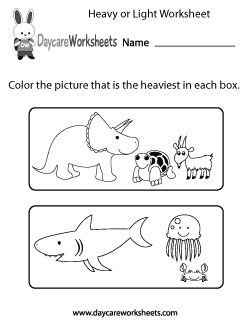



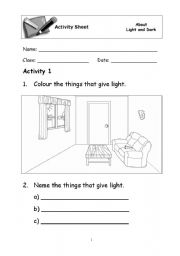
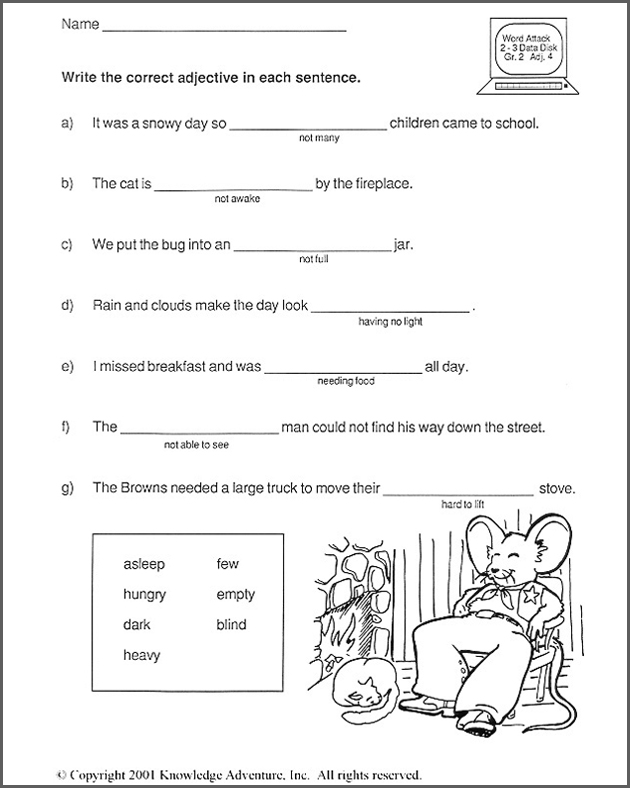

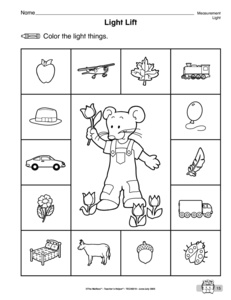
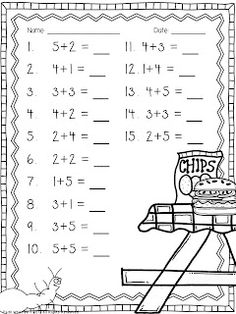


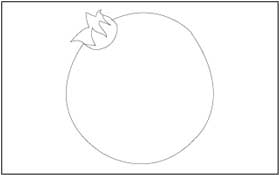








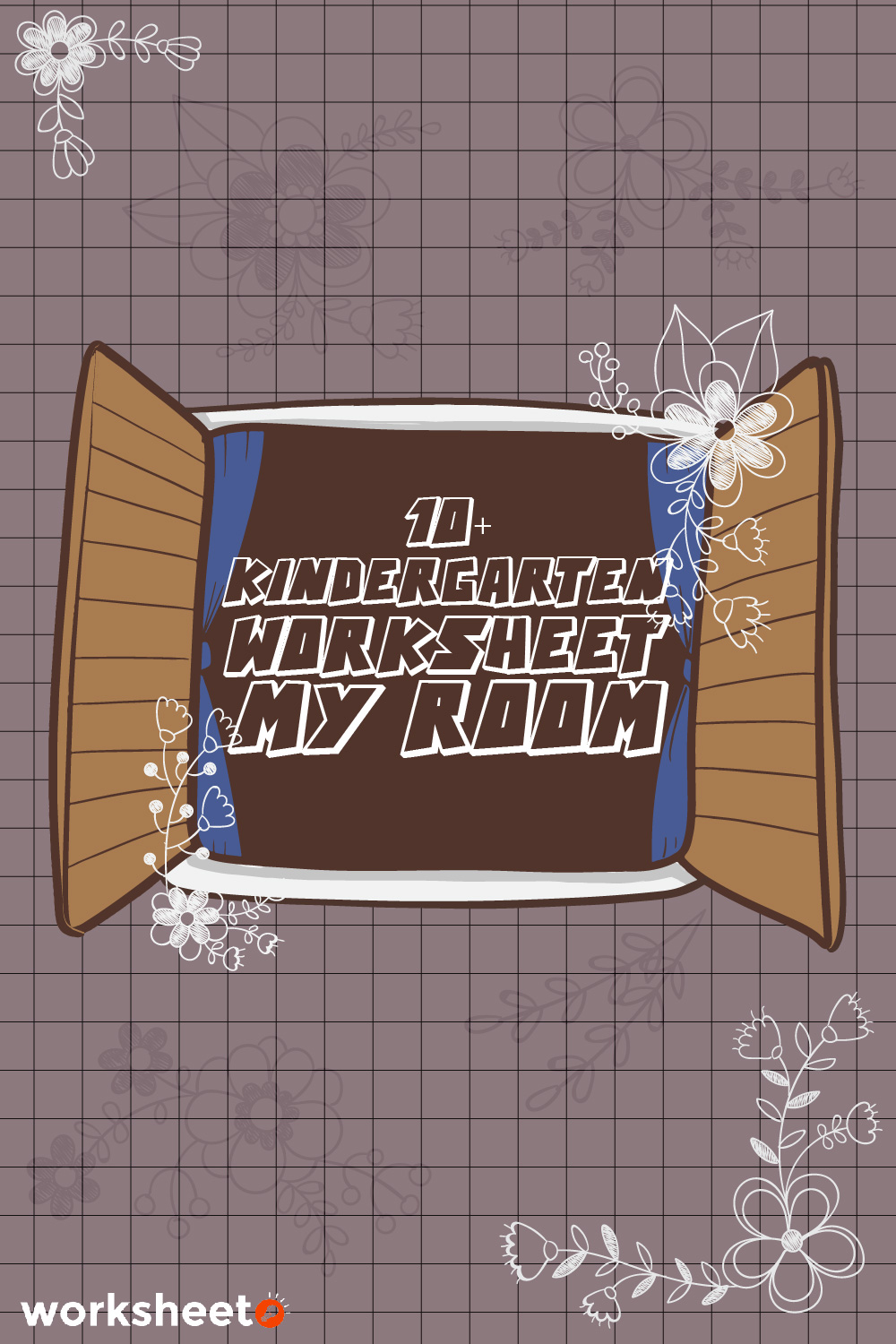
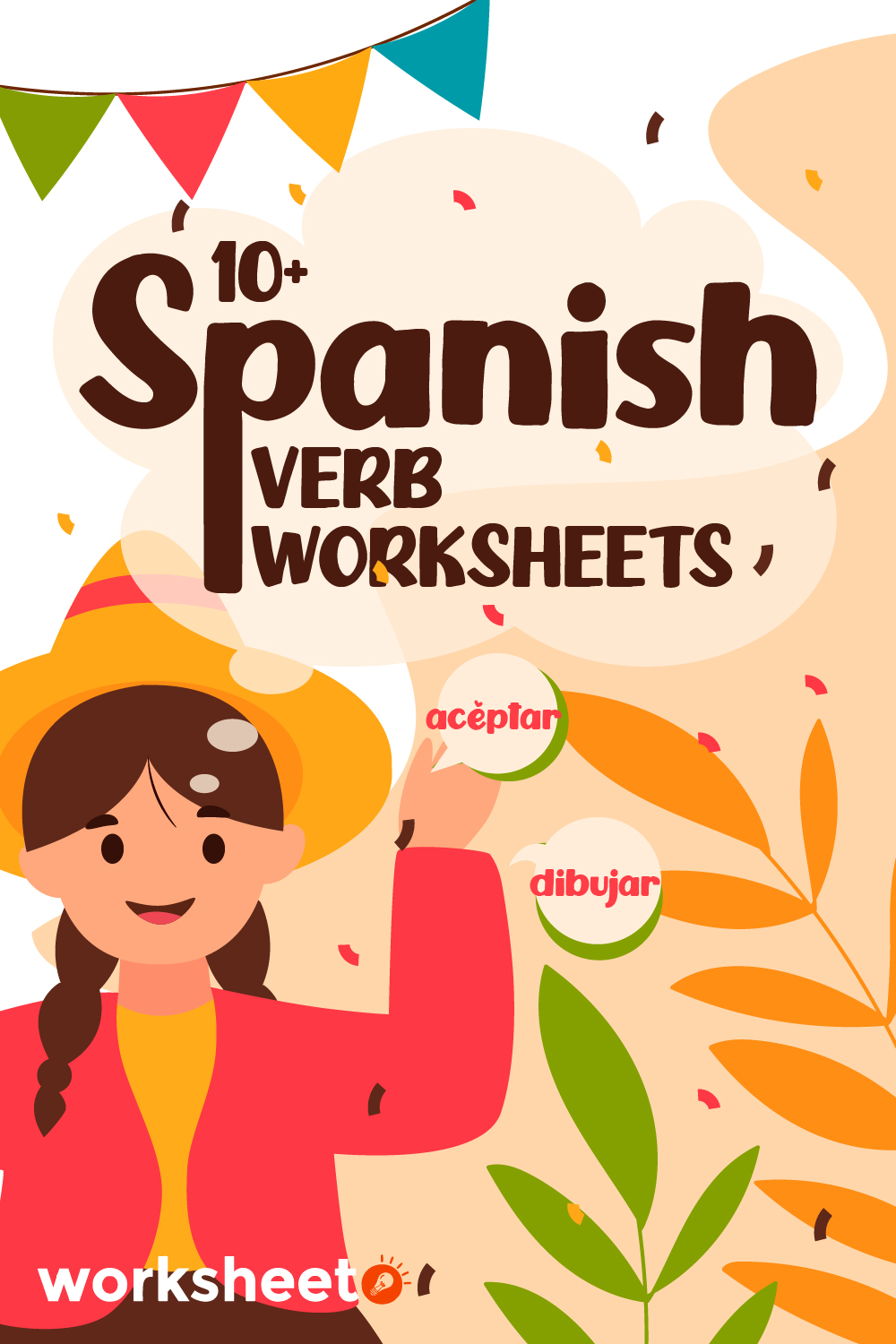

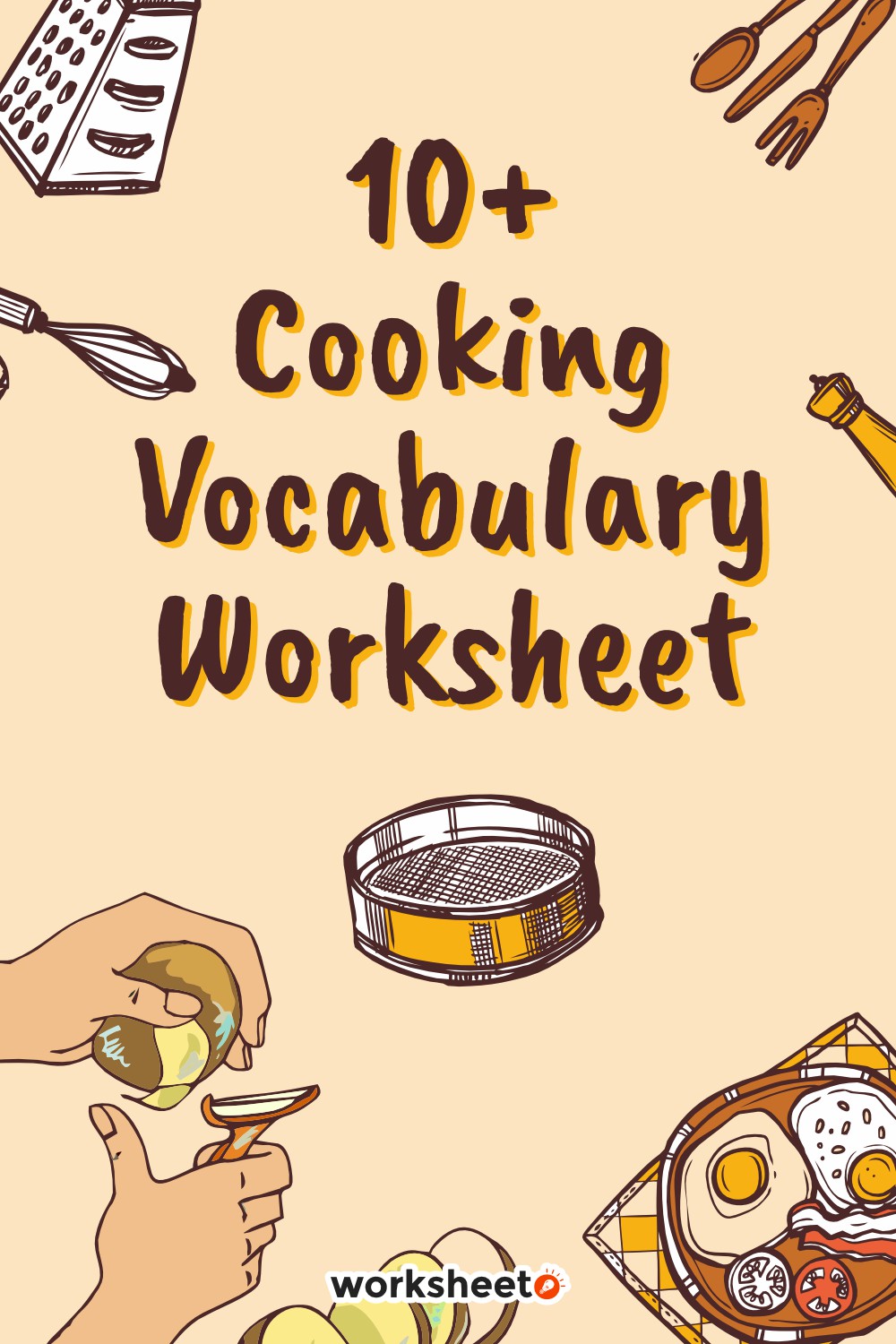
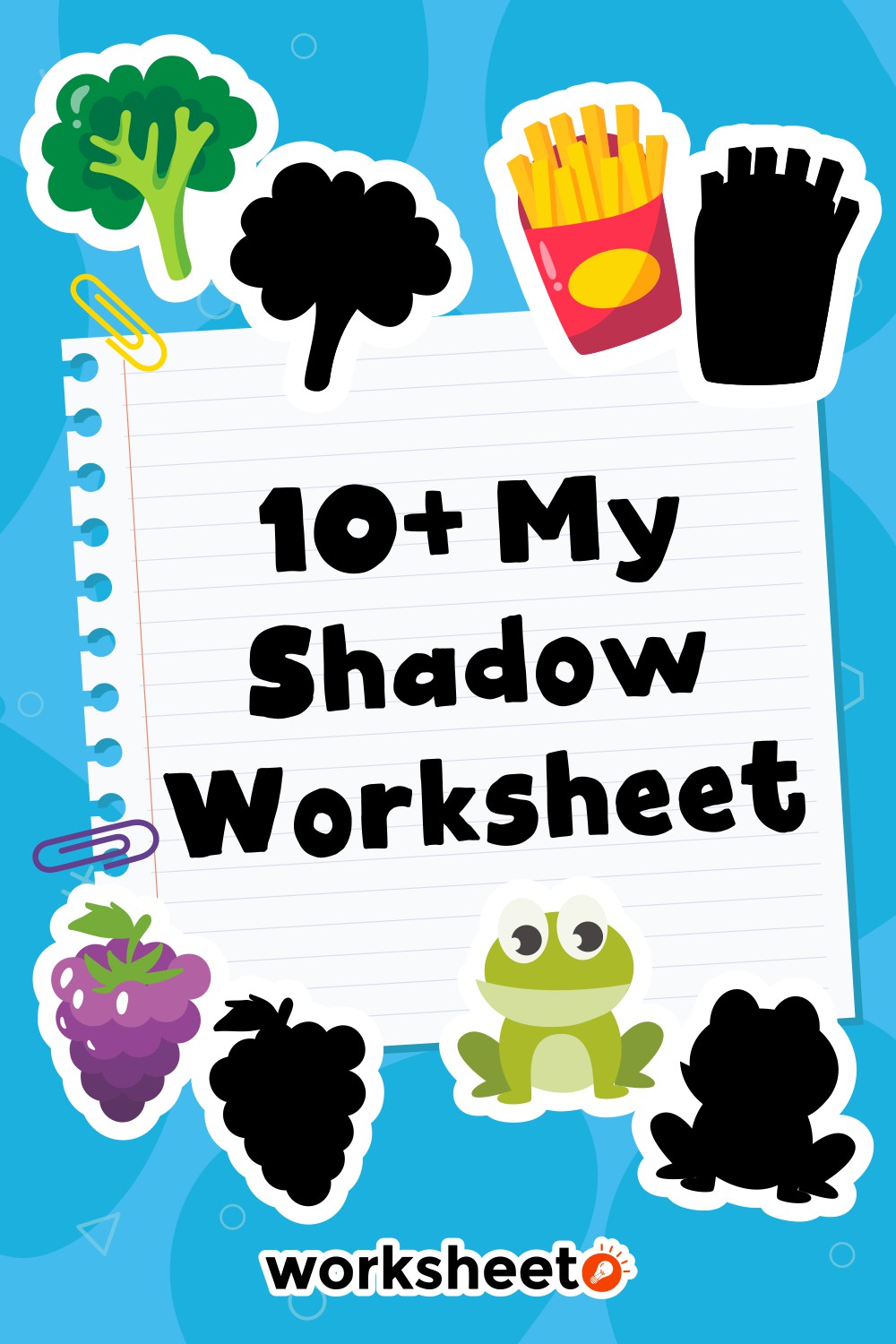
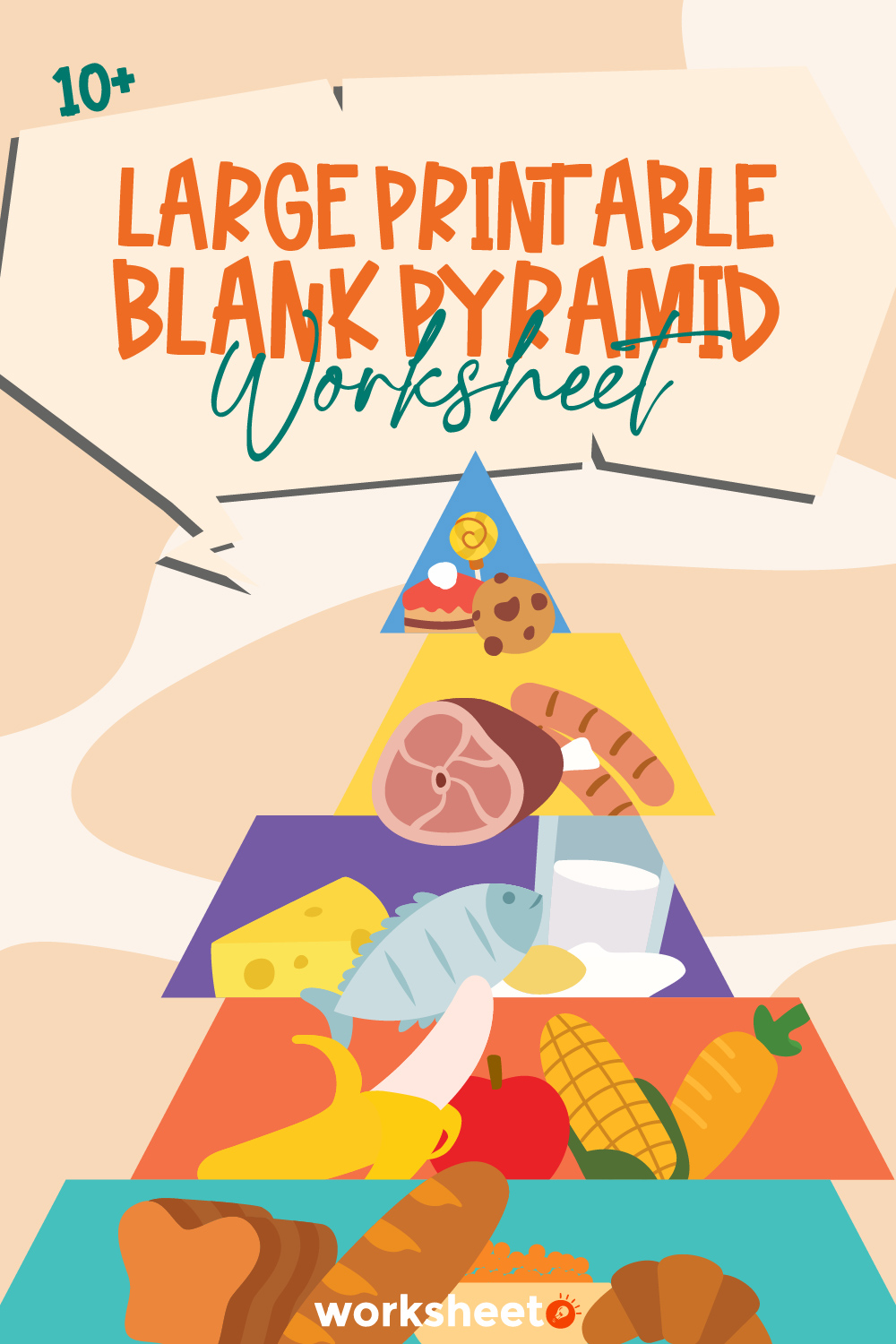
Comments